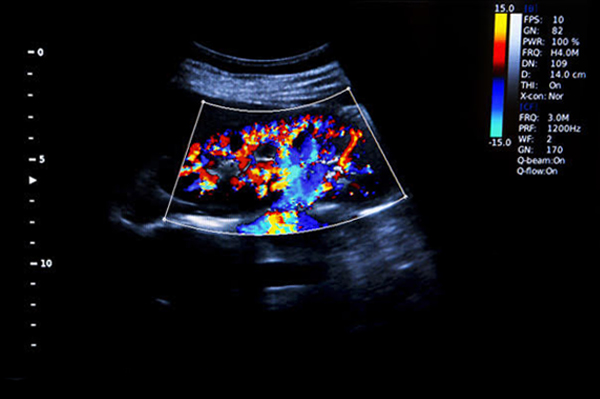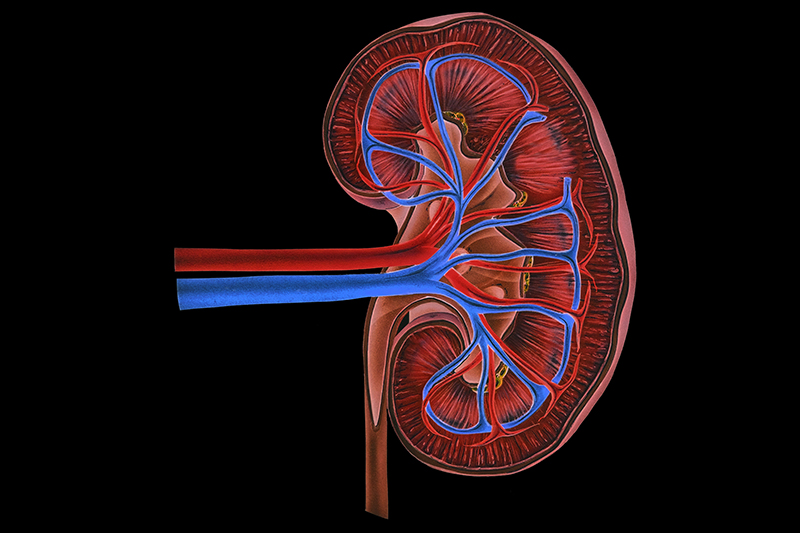
Indications for renal artery duplex sonography include but are not limited to:
- Evaluation of patients with hypertension, particularly when there is a moderate to high
suspicion of renovascular hypertension
- Follow-up of patients with known renovascular disease who have undergone renal artery
stent placement or other renal artery interventions or have known unilateral stenosis with
concern for stenosis in the contralateral kidney
- Evaluation of an abdominal or flank bruit
- Evaluation of a suspected vascular abnormality such as an aneurysm, pseudoaneurysm,
arteriovenous malformation, or arteriovenous fistula
- Evaluation of renal insufficiency in a patient at risk for renovascular disease
- Evaluation of renal artery blood flow in patients with known aortic dissection, trauma, or
other abnormalities that may compromise blood flow to the kidneys
- Evaluation of discrepant renal size
- Concern for an aortic or renal artery orifice thrombus in infants who have or have had an
aortic catheter, such as an umbilical artery catheter.

Some preparation is needed. The study examines arteries deep in the abdomen. Gas in the intestinal tract can interfere with ultrasound evaluation. It is therefore best to have the examination performed after an overnight fast, and it is important to avoid tobacco and caffeine prior to the test. A complete study can take an hour or two. Scanning may be performed from the front or sides of the abdomen and can be facilitated by the patient lying on one side or the other.
Evaluation by a vascular surgeon will generally be recommended if there is a renal artery narrowing of 60 percent or more. Further evaluation or treatment may be recommended. Intervention may be appropriate if renal artery narrowing is thought to be contributing to blood-pressure problems, or if severe narrowing threatens the continued function of the kidney. Renal artery stenting is the most common intervention offered when treatment is needed, but some patients may need a surgical procedure to address complex renal artery disease.
For patients found to have only mild to moderate renal artery disease, a follow-up study in the Vascular Laboratory offers a safe, non-invasive and accurate means to assess for progression of renal artery disease over time.

Your patient's exam will be interpreted by a board certified radiologist, who dictates a report. You will then receive your results within 48 to 72 hours.







